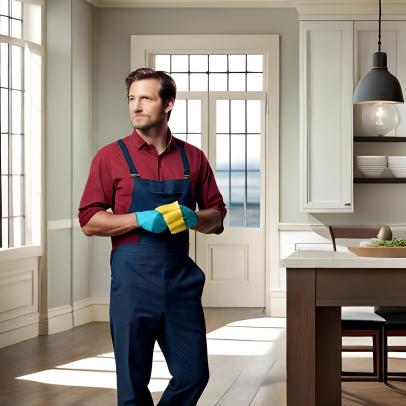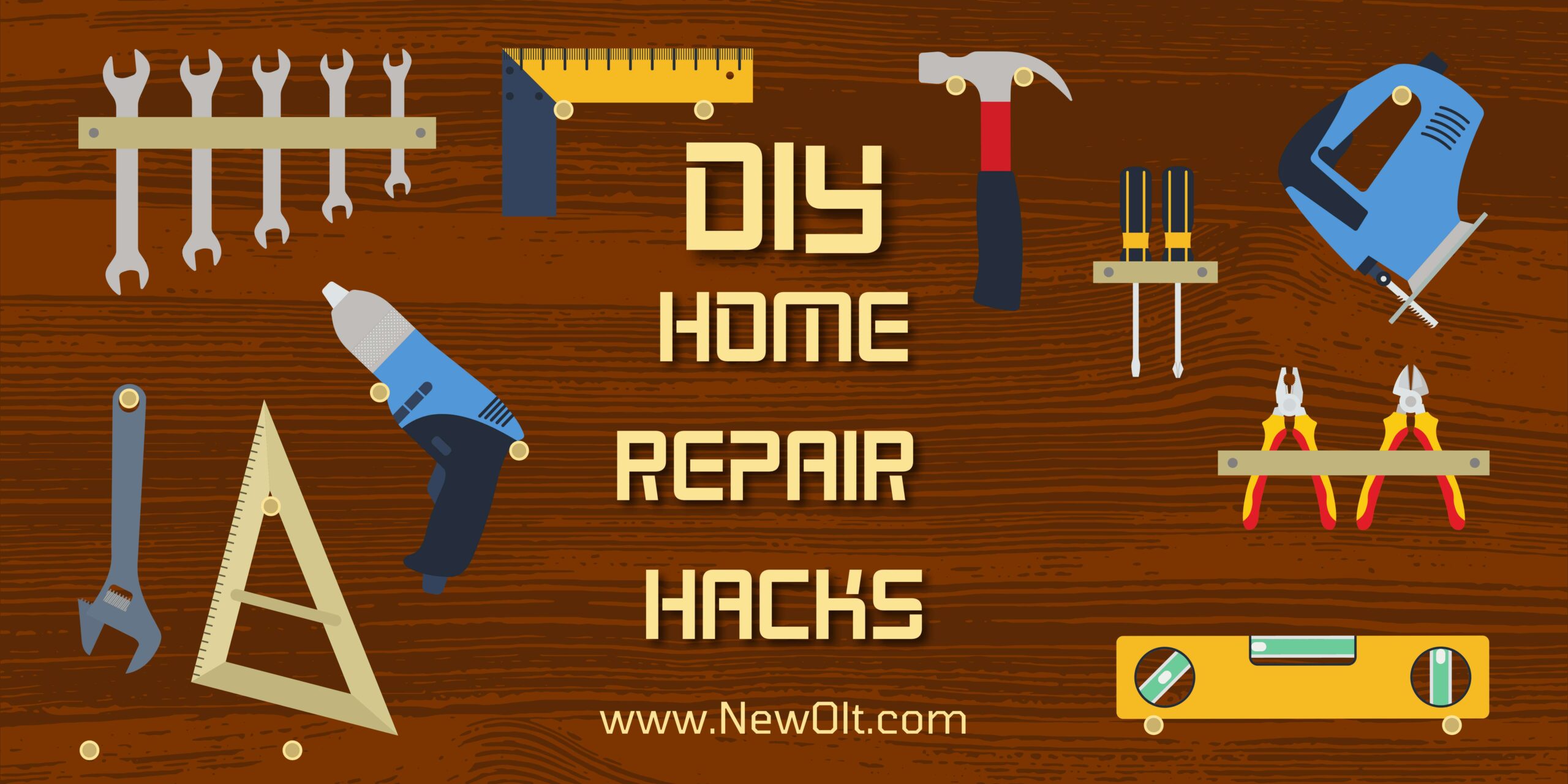There are many duties that come with property ownership, including the necessity for repairs now and then. While some repairs might need to be handled by a professional, there are many straightforward problems that, with a little preparation and the proper equipment, you can handle on your own. These do-it-yourself (DIY) repairs not only allow you to save money but also give you a sense of accomplishment.
10 DIY Home Repair Hacks
We’ll talk about 10 DIY home repair hacks in this article that you may confidently handle on your own.
1. Fixing a Leaky Faucet
In addition to wasting water, a leaky tap can cause a bothersome disruption. Fortunately, repairing a leaky tap is frequently a straightforward job that does not require professional assistance. Turn off the water supply first, then disassemble the tap to find the broken component. Most of the time, changing the washer or the O-ring will fix the issue. Reassemble the tap after the new component has been installed, and presto! You were able to stop a leaky tap.

2. Patching Drywall Holes
Households frequently experience accidental plasterboard holes, but patching them is simpler than you would imagine. Clean the hole and get rid of any loose material first. After that, fill the hole with a patch or self-adhesive mesh tape and joint compound. Before sanding and, if required, adding a second layer of compound, smooth the surface and allow it to cure. The repaired plasterboard will appear as good as new after painting and sanding.
3. Replacing a Light Fixture
It might be simple to replace a light fixture if you want to enhance them or if one is broken. At the breaker box, start by cutting off power to the fixture. Carefully remove the old fixture while cutting the wiring. Connect the cables, coordinate the colors, and mount the new light to the wall or ceiling to complete the installation. Enjoy your new illumination after you restore the power.
4. Unclogging a Drain
Although clogged drains might be a pain, you can frequently unclog them without calling a plumber. To start, use a plunger to generate suction and remove the obstruction. If that doesn’t work, try physically removing the obstruction with a zip-it tool or a drain snake. As an alternative, you can create a natural drain cleaner by running hot water down the drain after pouring a mixture of baking soda and vinegar down it. Future jams can be avoided by performing routine maintenance.
Related: Transform Your House into a Smart Home: A Comprehensive Guide
5. Replacing a Broken Tile
Tiles that are broken or chipped can be ugly, but you can replace them yourself. Start by chiseling and hammering the broken tile out of the way. Apply tile adhesive or mortar to the back of the new tile and press it firmly into place after thoroughly cleaning the area. Apply grout to close the spaces between the tiles when the adhesive has dried. Your tiled surface will be faultless once again if you use a sponge to remove extra grout.
6. Repairing a Running Toilet
While a running toilet can waste a lot of water, most of the time it is an issue that can be fixed on your own. Start by taking off the toilet tank cover and examining the internal parts. A broken flapper or a slack chain is frequently to blame. If required, make the appropriate adjustments or replacements, and your toilet should cease running. By making this straightforward repair, you can conserve water and avoid the hassle of a constantly running toilet.
7. Fixing a Squeaky Door
It can be annoying to hear squeaky doors, especially at night when it’s silent. Fortunately, stopping door squeaks is an easy repair. To begin, WD-40 or petroleum jelly should be sprayed or applied to the hinges. The squeaking should stop after many open and closes the door to work the lubrication into the hinges. For a longer-term fix, take into account replacing the hinges if they are rusted or cracked.
8. Repairing a Leaking Toilet Tank
Your water bill may go up and there could be water damage from a leaking toilet tank. Start by cutting off the water supply to the toilet in order to fix it. After flushing the tank to drain it, look for any cracks, leaks, or worn-out portions in the tank’s components. Any broken parts, such as the fill valve or flapper, should be replaced. Reconnect any loose connections, then restart the water supply. After the repairs are finished, the leak in your toilet tank should be fixed.
9. Replacing a Cabinet Handle or Knob
It’s an easy DIY project to replace a handle or knob if you want to alter the appearance of your cabinets or if one is broken. Start by unscrewing the previous handle or knob. Choose a new handle or knob that is the same size as the screw holes by measuring the space between them. Your cabinets will look brand-new when you use the included screws to attach the new hardware.
10. Sealing Gaps and Cracks
Draughts and energy loss can occur in regions with gaps and cracks around windows, doors, and other structures. Sealing them is a crucial do-it-yourself fix. To close up cracks around windows and doors, use caulk or weatherstripping. Expandable foam can be utilized for gaps that are bigger. Look for foundation or siding cracks on the outside of your house, and fill them with the right sealant. You can increase the comfort and energy efficiency of your home by filling in these openings and cracks.
Conclusion:
Many house repairs may be done by homeowners themselves if they have the necessary tools and a little bit of knowledge. You may cut costs, boost your self-esteem, and take pride in maintaining your house by taking on these DIY tasks. Being how to tackle these repairs will benefit you as a homeowner, whether it’s changing a light fixture, repairing plasterboard holes or fixing a leaky tap. However, when dealing with difficult or potentially hazardous repairs, it’s crucial to be aware of your limitations and seek professional assistance.
